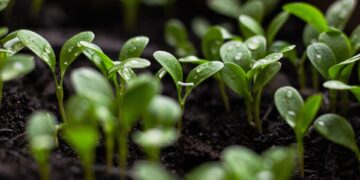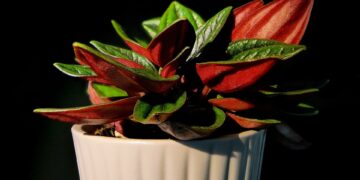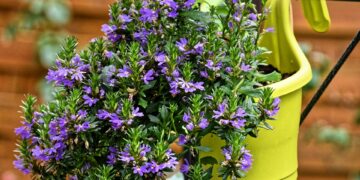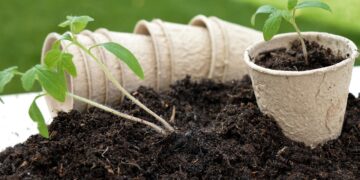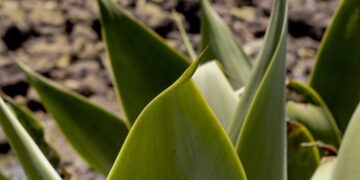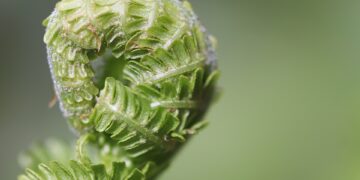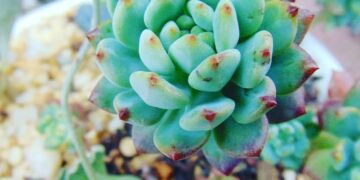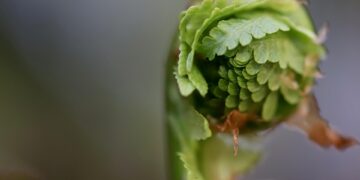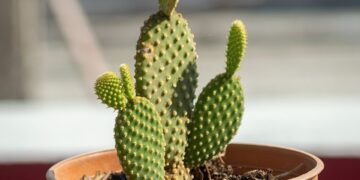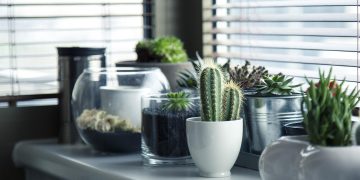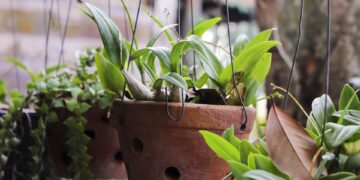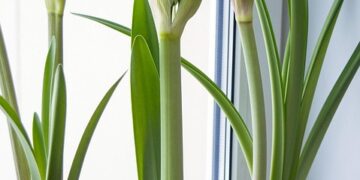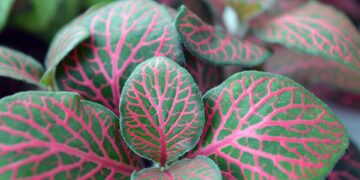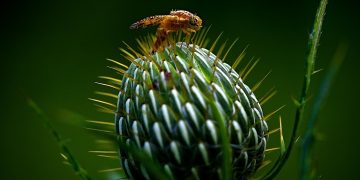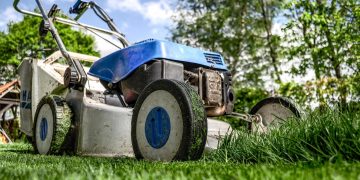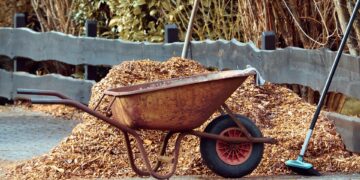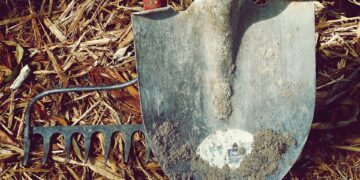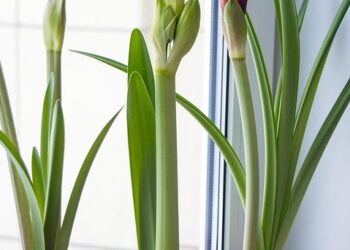Unlock the Secrets of Indoor Gardening: Essential Tips and Tricks
Indoor gardening is becoming a favored hobby and a beautiful way to bring nature inside, especially for those who lack outdoor space. With the right approach, you can cultivate a lush indoor garden. Whether you’re looking to grow herbs, flowers, or even vegetables indoors, we’ve compiled a comprehensive guide filled with expert tips and tricks to help you succeed in your green endeavors.
Understanding the Basics of Indoor Gardening
Choosing the Right Plants
Select plants that thrive in indoor conditions. Some popular choices include spider plants, peace lilies, and ferns for low light areas, and herbs like basil and cilantro for kitchen gardens. Research each plant’s specific needs regarding light, water, and temperature to ensure a healthy growth environment.
Essential Tips for Lighting
Lighting is crucial for plant growth. Most indoor plants require bright, indirect light. South-facing windows are ideal, but if natural light is limited, consider investing in grow lights. LED or fluorescent grow lights can provide the necessary spectrum of light for photosynthesis and can be set on timers to mimic natural daylight cycles.
Advanced Techniques for Boosting Plant Health
Proper Watering Habits
Overwatering is a common mistake in indoor gardening. Ensure pots have drainage holes to prevent excess water from sitting at the roots, which can lead to root rot. The frequency of watering will depend on the plant type, size, and environmental humidity. A general rule is to water when the top inch of soil feels dry to the touch.
Optimizing Humidity Levels
Indoor environments often lack the humidity many plants crave. Increase humidity around your plants by misting them regularly, using a humidifier, or placing a water tray near the heating system. Grouping plants together can also help create a microenvironment that retains moisture.
Feeding Your Indoor Garden
Fertilizing Fundamentals
Indoor plants typically need less fertilizer than their outdoor counterparts because they grow at a slower pace. Opt for organic fertilizers and apply them during the growing season (spring and summer) for best results. Be careful not to over-fertilize, as this can harm your plants.
Repotting and Maintenance
As plants grow, they may outgrow their pots. Repotting is necessary to give roots room to expand and to provide fresh, nutrient-rich soil. Spring is the best time for repotting most plants, as they are entering a period of active growth.
Dealing with Common Indoor Gardening Challenges
Pest Control
Indoor plants can still fall prey to pests like spider mites, aphids, and mealybugs. Regularly inspect plants for signs of infestation. Use natural remedies such as neem oil or insecticidal soap to manage small outbreaks. Keeping your plants healthy is the best way to prevent pest issues.
Disease Prevention
Fungi and bacteria can cause plant diseases, often exacerbated by poor air circulation and excess moisture. Ensure your gardening space is well-ventilated and avoid letting foliage remain wet for extended periods. If a plant does get sick, isolate it from others to prevent the spread of disease.
Innovative Ideas for Indoor Garden Arrangements
Creative Container Options
Think beyond traditional pots and get creative with containers. Old teacups, mason jars, or even recycled items can become unique plant holders. Just ensure they have proper drainage. This not only enhances your decor but also makes each plant’s care more accessible.
Vertical Gardening and Hydroponics
If space is limited, vertical gardening can be an excellent solution. Utilize wall-mounted planters or hanging baskets to maximize your gardening area. Hydroponics, the art of growing plants in water instead of soil, can also be an effective indoor gardening method, offering faster growth rates and yield potentials.
Final Thoughts on Mastering Indoor Gardening
Indoor gardening offers a fulfilling route to gardening success, even without a traditional garden space. By understanding the specific needs of your indoor plants and adapting your care techniques, you can enjoy a vibrant and healthy garden all year round. Remember, patience and continuous learning are key components of your gardening journey.
Embrace the beauty and tranquility of indoor gardening. With these secrets and tips, you’re well on your way to creating a green sanctuary in your own home, complete with thriving plants that bring life and joy into your everyday space.







